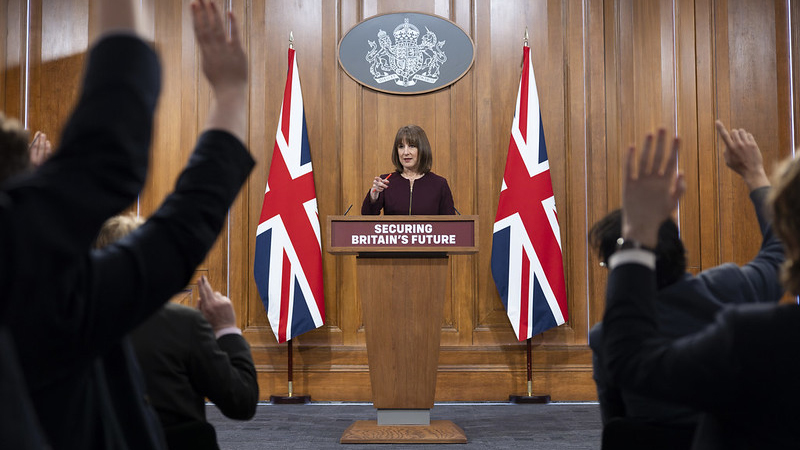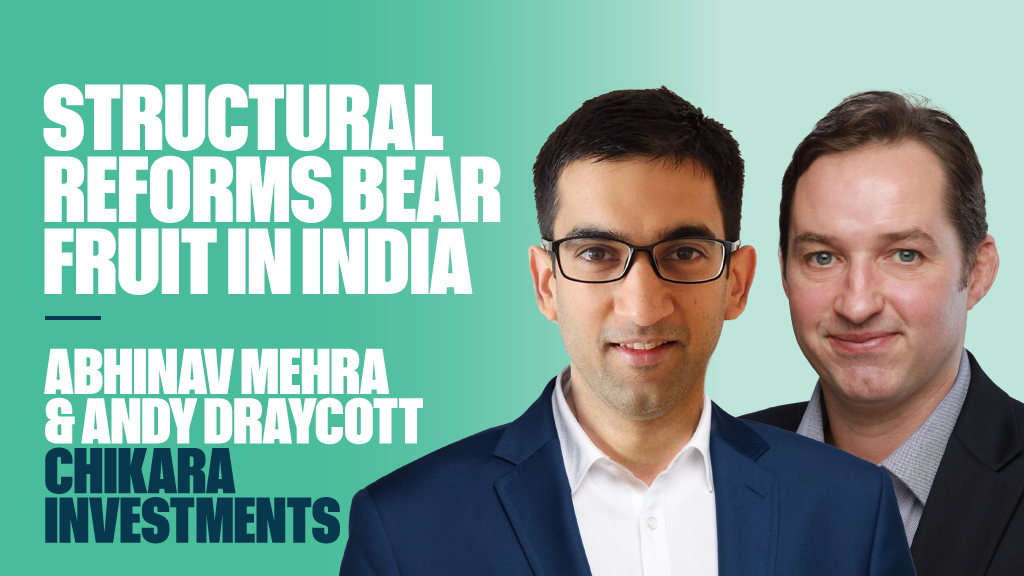They are slowly moving towards having to discuss the possibility of higher rates – how they prepare markets and how far they eventually go.
There is still a sense of “monetary inactivism” as it will take a brave official to be the first one to vote for a rate hike. Yet, in the UK, if growth persists at 3% and the labour market tightens further and house prices rise another 10%, the mood could change quite quickly.
It’s been a long while since rates were increased in developed economies and I get a sense that investors don’t think it will cause too much volatility when it happens – because central bankers will prepare us and because rates can’t be raised very much because of high levels of mortgage debt.
I am not comfortable with that. Higher rates mean capital losses in my market. Capital losses change behaviour. We will look back to this period and wonder why volatility was so low. But in the meantime, enjoy the summer.
Six years on, almost there
As a result of the 0.8% quarterly increase in gross domestic product (GDP) in Q1, the United Kingdom is almost back to the same level of real GDP that it reached at the peak of the last business cycle in 2007. That is a long recovery particularly considering that other major economies have grown above their end-2007 levels some time ago.
A key reason that interest rates are still held at 0.5% is because during the last six years of GDP being below its last peak level, spare capacity has emerged in the labour market and in the productive part of the economy. Inflation has fallen over the last year and the message from the BoE has been that more time is needed for the economy to reach “escape velocity”, particularly since fiscal policy has been something of a drag on growth.
At the Inflation Report press conference last week Governor Carney came across as quite dovish on the outlook, suggesting inflation will remain low and that if macro prudential policies are used to dampen down the housing market, this could pose some downside risks to growth over the next year.
Sterling interest rate markets remain sanguine. Gilt yields are at 2.64% for 10-years and June 2015 3M interest rate contract has continued to trade in a very stable range.
The consensus view is that any monetary tightening will not occur before next year and there is a strong body of opinion that veers towards the ridiculous concept that rates can never be raised because there is still so much debt and any increase in rates will create an immediate recession.
If that is the case, we should all spend a lot less time worrying about central banks and look to tax policies and structural reforms as the way to secure long-term growth. I still believe the price of money is an important factor in managing an economy.
Risks are to the upside for UK rates
Yet there are risks that rates could go higher sooner than expected. In the minutes of the last Monetary Policy Committee (MPC) meeting there was a reference to the policy decision being more balanced.
There is clearly a certain amount of debate as to how much spare capacity there is in the UK economy (no-one will ever, ever know the answer to that question) and the composition of the committee will change in the coming months.
There will also be some revisions to National Accounts data later this year which could show that the recovery has been stronger than implied by the current vintage of GDP statistics.
Moreover, let’s just look at the current momentum in the economy. GDP growth has been running at a 3% annualised pace for the last year, the unemployment rate is down to 6.8%, and retail sale sales are booming, rising at a year on year rate of 7.7% (excluding cars) in April. House prices are rising rapidly and mortgage approvals have had their strongest six months since 2007.
It’s not clear what stops this momentum in the short term. Yes, sterling is strong which impacts on export performance potentially and any initiatives to slow the housing market could spill over to consumer spending. So far, consumer spending is strong as you would expect with strong jobs growth and a rising housing market.
The trend rate of growth of capital spending also appears to be ticking higher. All of this points to higher rates. The main argument against is that inflation remains low and there is no evidence yet of any increase in wage growth.
Much depends on what the real sustainable long term growth rate of the economy is now in the wake of the financial crisis and whether or not central banks can successfully target inflation at their long-term objective. If growth is 2% and inflation targeting works, then 4% looks a reasonable neutral interest rate. If, however, we are too pessimistic on growth then it will be higher.
There is always the very realistic chance that markets overshoot as well. Just because a central banker says the long term neutral rate of interest is 4% doesn’t mean market yields can’t go above that for a period of time.
Indebtedness is the key reason for lower terminal rates
I say all of this but in reality I can’t get too bearish until I see inflation numbers pick up alongside the strength of activity.
I do think things have changed and to get a sustainable rise in real interest rates we need some kind of shift in the savings-investment balance which, in economies that are still leveraged and where the demographics are not helpful, is not that likely.
There is no shortage of capital in developed economies and there has clearly been and continues to be an impact on the rate structure from the stance of monetary policy and the bouts of central bank balance sheet expansion that has artificially priced interest rates.
Who owns the bulk of treasuries and gilts? The central banks themselves, who are not likely to sell. Nominal yield increases that will satisfy long term fixed income bears need growth and inflation and monetary tightening.











